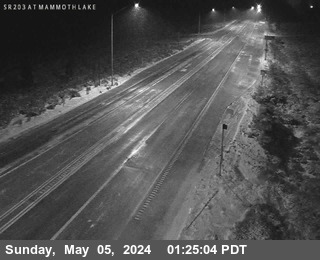Brought to you by Howard Sheckter
Archive for February, 2016
After a dry 3 to 5 day period….some light snowfall is possible by Thursday…..Pattern transiting to Active…The 2nd week of March enters strong storm cycle with potential significant AR event in addition to several storms……The Dweebs see “The Potential” of 100+ inches of snowfall During weeks 2 and 3 of March…..
Saturday February 27, 2016
Thursday Night….
Working on it………………!
Sunday:
Some light rain/snow mix is expected in town Thursday with possibly an inch or two above 9000 feet. It will be cooler and breezy Thursday. It appears that a decent storm cycle is possible to begin later next weekend, then on and off again with several storms that following week. That 2nd week of March looks wet. At this time, it looks to be snow, not rain over Mammoth Mt.
Comment Regarding the MJO:
The GFS continue the MJO strong right on through Phase 8.
But look at what the ECMWF does….
It too has the MJO close to moderate into Phase 8. It may be that the GFS is handling the MJO better this time?
Stay tuned to an important update on the MJO this upcoming Tuesday PM:
Here are the two MJO phase spaces being handled by two of the more significant ensemble global models the GFS and ECMWF
Both appear to be of moderate strength and close to a 1 sigma.
- GFS: http://www.cpc.noaa.gov/products/precip/CWlink/MJO/CLIVAR/NCPE_phase_21m_full.gif
- ECMM: http://www.cpc.noaa.gov/products/precip/CWlink/MJO/CLIVAR/ECMF_phase_MANOM_51m_full.gif
____________________________________________________________________________________________________________________________________________________________________________________________________________________________________________
Saturday:
There is a lot of convection going on over the equatorial pacific with several channeled ARs developing early this coming week over the central pacific. What is interesting is that a strong tropical high over the far central pacific will build north into the mid latitudes with the EAJ extending east. There appears to be a gradual progression of the upper jet toward the central west coast in the 5 to 10 day means. The system on the 3rd (Thursday) will bring at least light amounts of precip as it has a small narrow hose connected to it. Although the main dynamics are to the north of us, there appears to be a lot of channeled moisture from the SW. No doubt this will be associated with high snow levels and strong gusty winds….
Down the road time wise, the ECMWF shows the upper jet sagging south during the following weekend of the 5/6th…thereafter, several opportunities for some good strong trofs with good AR connections to bring added moisture to the Central Sierra during the 2nd week of March…. Hang on….Winters best is yet to come.
Dr Howard and the Dweebs……………………:-)




